The Wave Of Digital Disruption
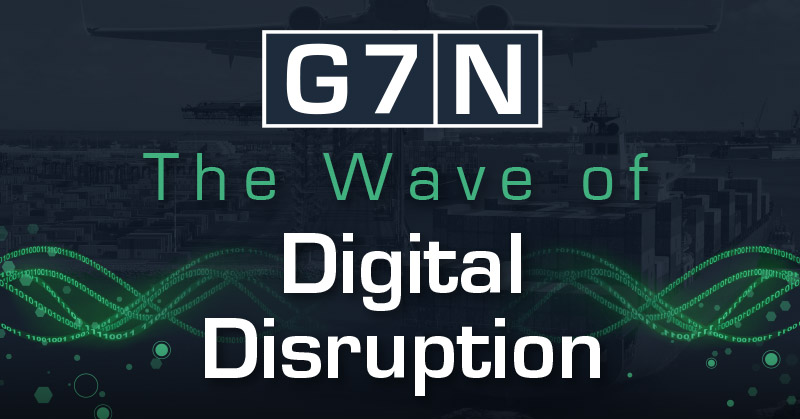
A wave of digital disruption is about to hit sea and air freight forwarders. Startups, suppliers, and even customers are using digital technologies to develop a variety of innovative business models that will dramatically improve the customer experience and eliminate entrenched operational inefficiencies. These digital business models have the potential to overturn the dominant position traditional forwarders have long held in the industry.
Traditional forwarders that wish to survive have no choice but to digitize. By our estimate, automating manual processes now could reduce certain back-office and operations costs by up to 40%, while digitizing significant parts of the sales process could reduce related direct costs even more. And as the new business models gain traction over the long term, digital capabilities will open up tremendous opportunities to win in the marketplace.
BUT WHAT’S DRIVING THE DIGITAL RUSH??
Two major issues have long challenged the air and sea freight-forwarding industry, and provided impetus for new entrants.
• Lackluster Customer Experience. The traditional offline quotation and booking process is lengthy and cumbersome, often necessitating several interactions to reach a final price. A shipper who asks a forwarder for a quote can wait as long as 100 hours, according to a recent study. Filling out and checking shipping documents can be tedious and time consuming, and it is difficult to track shipping orders in real time, so when exceptions occur, customers don’t have a chance to make the decisions needed to ensure their cargo will arrive according to plan.
• Manual Processes. Compared with other industries, an unusually high number of manual processes is the norm in air and sea freight forwarding. Some companies still rely on email, personal handoffs, and even faxes to convey shipping documents—all time-consuming and error-prone methods that jack up costs and squelch profits. Studies found that only 5 out of the top 20 forwarders send automated confirmation emails and even fewer provide instant quotations. Costs to serve are especially high for companies with a large number of transactional customers.
Eager to seize the opportunity, many companies have entered the digital fray. Five types of companies pose a threat to traditional forwarders
• Startups such as Freightos and Flexport developed digital business models that streamline the customer experience and provide greater visibility into the supply chain.
• Competitors such as Kuehne + Nagel and Maersk-Damco are digitizing their go-to-market approach, incubating new business models to revamp the customer experience, improve profitability, and drive new growth.
• Suppliers such as Maersk, with its portal, my.Maerskline.com, are digitizing their booking processes to significantly reduce the time needed to complete a container booking. Increasingly, carriers are trying to sell directly to shippers and bypass forwarders altogether.
• Integrators such as FedEx (including its TNT Express subsidiary) and UPS are increasingly expanding their activities in logistics by leveraging their end-to-end IT systems.
• Customers with strong technology capabilities who are eager to gain control of the complete online customer experience are entering the race. Amazon, for example, is set up well to move into air and ocean freight forwarding.
As these companies clearly realize, applying digital technologies to the front and back ends of operations offers many opportunities to improve both the customer experience and operations. Digitization of processes from booking to documentation handling can bring tangible benefits to customers and logistics service providers alike.
These opportunities are all the more attractive given the fragmented nature of the industry. No single player dominates: the largest player in freight forwarding, DHL, had a market share of only 13% in 2017. The top five companies account for less than 50% of the more than $130 billion sea and air freight-forwarding market, while a vast amount of small, local freight forwarders occupy the rest.
Clearly, the freight-forwarding industry is about to experience enormous change as new technologies take hold. Incumbents will need to transform significantly to use digital technologies to their advantage. Companies that are innovative and flexible enough to catch this wave will reap the rewards of profitable growth.

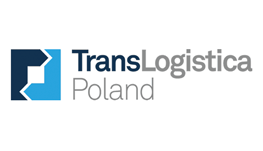




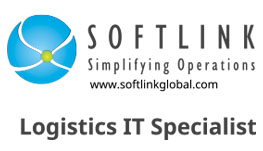





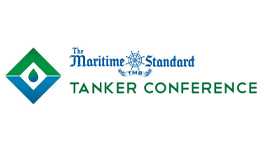

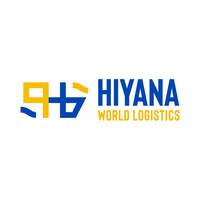











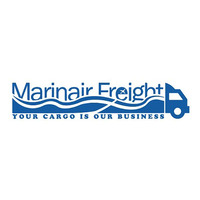

















.jpeg)